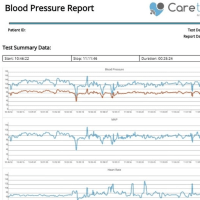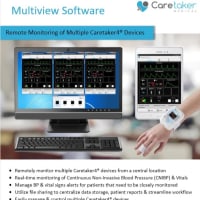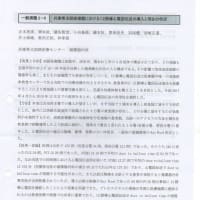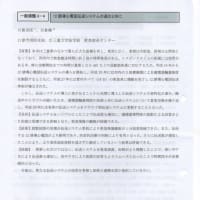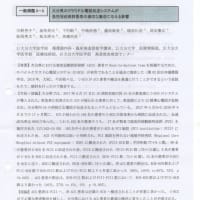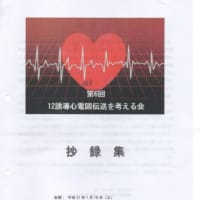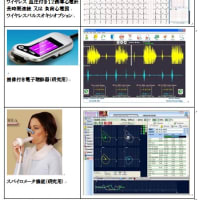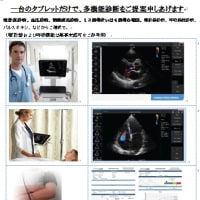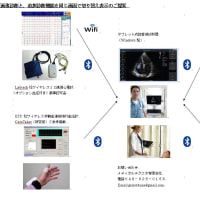Hungary's "tensio arteriograph" - a simple way of examining our veins
27-01-2006 11:38 | Sándor Laczkó
Cardio-vascular disease is the leading cause of death in Hungary and much of the rest of the world. Problems are often detected too late because many people do not suffer obvious symptoms. Even suspect cases can be difficult to confirm. But that may soon be history thanks to a new device invented by Hungarian doctor Miklos Illyes.
The "tensio arteriograph" is the first and so far only device that provides us with a fast and easy way of obtaining cardiac data that in the past could only be obtained through complicated and sometimes painful screenings.
"The medical profession was lacking a proper method to determine these data, called 'arterial stiffness parameters', namely, the augmentation index and the pulse rate velocity of the human aorta. So, this method before was determined by very specific procedures, very difficult methods, which needed a lot of time and a lot of expert knowledge of how to perform the examination."
<script type="text/javascript"></script> Tensio arteriograph Says, doctor Miklos Illyes, the inventor of the tensio arteriograph. So how does it work? It's much simpler than one might expect. The arteriograph detects the condition of our veins in a procedure that's just as easy as taking our blood pressure.
"We discovered a new method how to assess the so-called arterial stiffness non-invasively with a very fast method, which needs only two minutes to determine the arterial age of the patient. This novelty consists of the fact that we use a simple cough to determine important central human dynamical parameters. This makes it possible for us to use this method for everyday practice and to screen the patient for arteriosclerosis. We do feel that in a few years, this kind of method will be used generally not only to check blood pressure but to have much more information about arterial stiffness beyond blood pressure measurement."
Dr. Laszlo Tisler of the St. Imre Hospital in Budapest was one of the first physicians to use it:
<script type="text/javascript"></script> "My experience over all is very positive. It uses a very new way of assessing the compliance of large blood vessels. This information is substantial because it is associated with the survival of our patients - in particular, with patients of higher cardiovascular risk. The information this device provides is extremely helpful in those with high risk, and this may add new information, information on compliance of the vessel, or stiffness of the vessel, may provide information on those who have no other risk factors and this may be a very early sign of cardiovascular risk."










